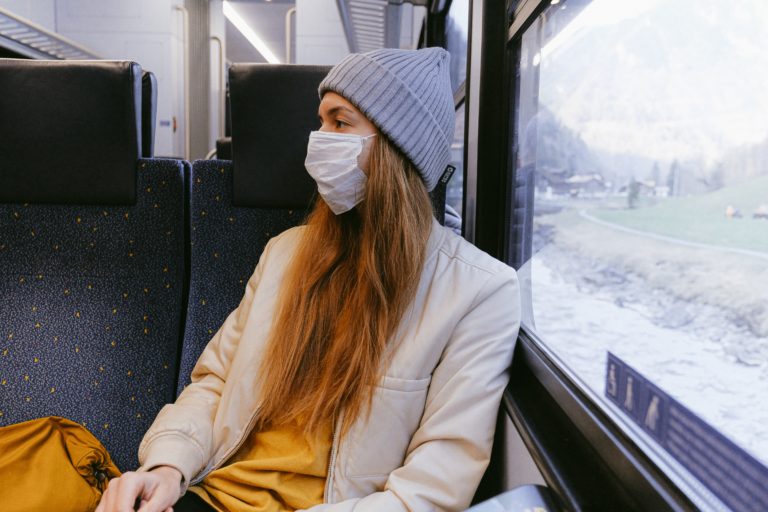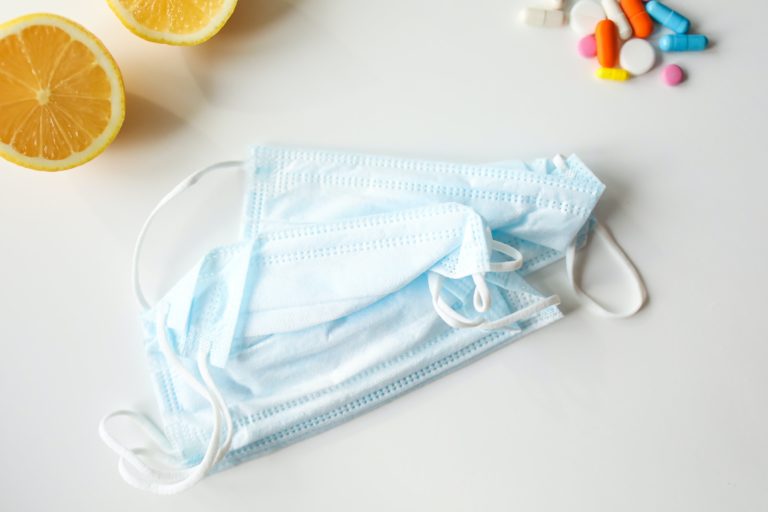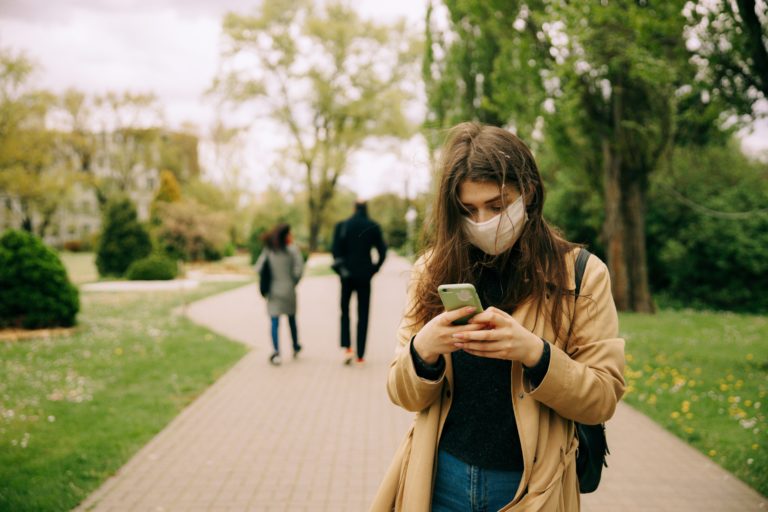A brief history of masks from the 17th-century plague to the ongoing coronavirus pandemic
Bad smells and bird beaks
Medical mask-wearing has a long history. In the past few months, pictures of the beaked masks that doctors wore during the 17th-century plague epidemic have been circulating online. At the time, disease was believed to spread through miasmas — bad smells that wafted through the air. The beak was stuffed with herbs, spices and dried flowers to ward off the odors believed to spread the plague.
In North America, before the 1918 influenza epidemic, surgeons wore masks, as did nurses and doctors who were treating contagious patients in a hospital setting. But during the flu epidemic, cities around the world passed mandatory masking orders. Historian Nancy Tomes argues that mask-wearing was embraced by the American public as “an emblem of public spiritedness and discipline.”
Women accustomed to knitting socks and rolling bandages for soldiers quickly took to mask-making as a patriotic duty. That said, the enthusiasm for mask-wearing waned quickly, as Alfred W. Crosby showed in America’s Forgotten Pandemic: The Influenza of 1918.
Canadian reluctance and Japanese willingness
In her study of the 1918 flu in Canada, historian Janice Dickin McGinnis argued that masks were “widely unpopular” and that even in places with mandatory masking orders in place, people often failed to wear them or just pulled them on when police appeared.
Public health officers were dubious about the value of masks. In Alberta, for example, the flu first appeared at the beginning of October 1918. By the end of the month, the province ordered everyone to wear a mask outside of their homes, to be removed only in the case of eating. In just four weeks, the order was rescinded.
The Medical Officer of Health for Edmonton reported that practically no one wore a mask thereafter, except in hospitals. In his view, the rapid spread of the disease after the mask order was put into effect made the order an object of “ridicule.”
In Japan, by contrast, the public embraced mask-wearing during the Spanish flu. According to sociologist Mitsutoshi Horii, mask-wearing symbolized “modernity.” In the post-war era, Japanese people continued to wear masks to prevent the flu, only stopping in the 1970s when flu vaccines became widely available. In the 1980s and 1990s, mask-wearing increased to prevent allergies, as allergy to cedar pollen became a growing problem. In the late 1980s, the effectiveness of flu vaccinations declined and wearing a mask to avoid influenza resumed.
Mask-wearing skyrocketed in the early years of the 21st century with the outbreak of SARS and avian influenza. The Japanese government recommended that all sick people wear masks to protect others, while they suggested that healthy people could wear them as a preventative measure. Horii argues that mask-wearing was a “neoliberal answer to the question of public health policy” in that it encouraged people to take individual responsibility for their own health.
When H1N1 hit Japan in 2009, it first struck tourists who had returned from Canada. The sick were blamed for failing to wear masks while abroad. In a country that takes etiquette very seriously, wearing masks in Japan has become a form of politeness.




